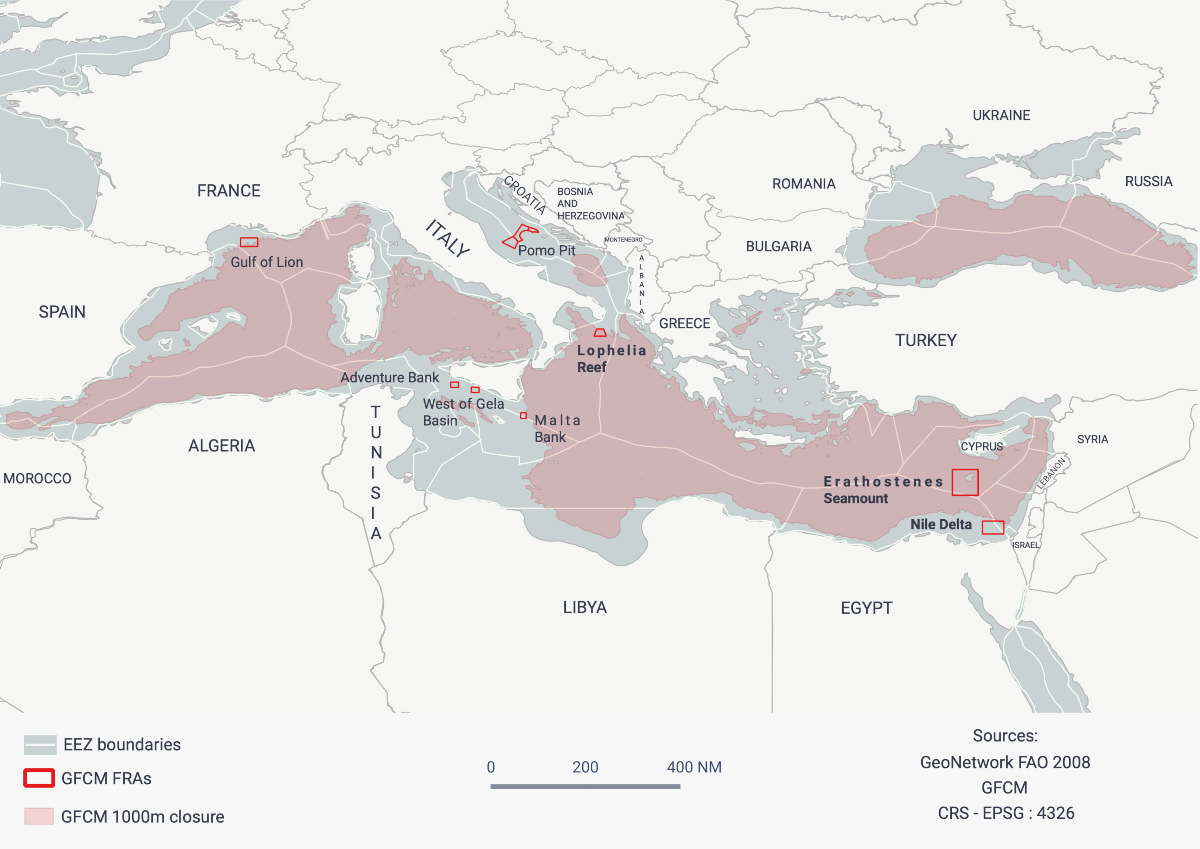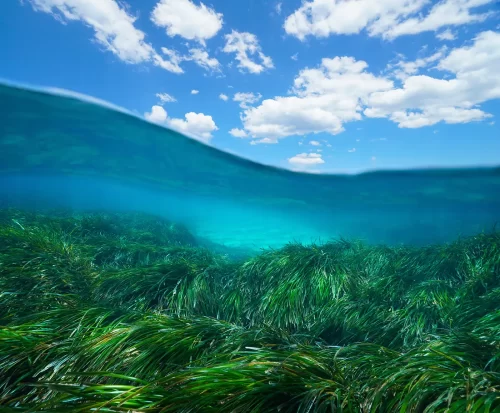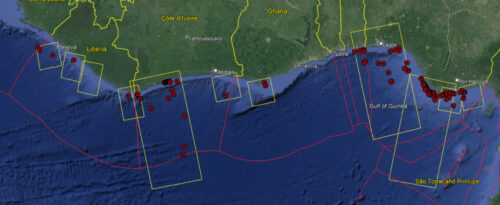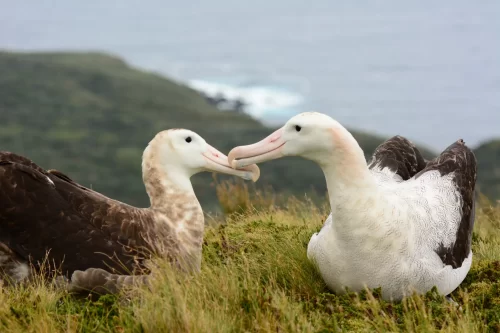Innovative techniques for monitoring fishing activity can help protect marine biodiversity
Fishing is woven into the social, economic and cultural fabric of the Mediterranean. For millennia, it’s been a way of life for those residing in coastal communities, while seafood itself has played a fundamental role in local diets. Fisheries in the Mediterranean and Black Sea region support hundreds of thousands of jobs and generate US$3.6 billion in revenue each year.
The foundation of all this value is the region’s rich biodiversity and diverse habitats. Yet coastal and off-shore ecosystems are under huge pressure—the Mediterranean and Black Sea is consistently reported as one of the most overfished regions in the world. Total annual seafood landings have fallen from a high of around 2 million metric tons in the mid 1980s to around 1.2 million metric tons today.
According to a recent report by the Food and Agriculture Organization of the United Nations, 75 percent of assessed fish stocks in the Mediterranean and Black Sea region are deemed to be overexploited. While that’s alarmingly high, it’s an improvement on the 88 percent of stocks that were overfished in 2012. For the first time in decades we’re seeing some positive trends–the biomass of some stocks is even increasing. But far more needs to be done to restore the region’s biodiversity and ensure that the fisheries, and economy that depends on it, is sustainable.
Fisheries restricted areas
One important part of the solution is restricting fishing activities in certain areas. The General Fisheries Commission for the Mediterranean (GFCM) has designated various fisheries restricted areas (FRAs) to protect marine resources and ecosystems from potentially harmful fishing activities.

To gain a better understanding of how well these measures are being implemented, Global Fishing Watch analyzed apparent fishing activity in and around three FRAs.
- The Nile Delta area cold hydrocarbon seeps, which support exceptionally rich, unique communities of animals and plants, and may help to prevent ocean acidification through methane storage.
- The Eratosthenes Seamount, a submerged mountain in the Eastern Mediterranean that hosts rare deep-sea corals and sponges.
- The Lophelia Reef off Santa Maria di Leuca in the Ionian Sea, the largest cold-water coral reef in the Mediterranean, which provides critical habitat for fish and other marine life.
In all three areas, bottom trawl nets and towed dredges have been banned to protect vulnerable marine ecosystems.
Tracking data
To build a more complete picture of fishing activity in these areas, we used tracking data gathered from vessels broadcasting signals over automatic identification system (AIS) from Jan. 2018 to Aug. 2020. This was complemented with data from satellite images (synthetic aperture radar data and optical imagery) to identify vessels not broadcasting on AIS, as well as consultations with local experts to ground-truth our findings.
By combining these various satellite technologies, we gained a better understanding of vessels operating in the region—both when and where—and what they were likely to be doing. For example, our machine learning algorithms can tell the difference between a vessel that appears to be fishing and one that is simply passing through.
The results, which are documented in a series of three reports and shared with regional experts and policy-makers, suggest that while trawling activity appears limited within the FRAs, vulnerable marine ecosystems nearby remain under significant pressure.
In the Nile Delta, there appeared to be a low level of fishing activity within the eastern part of the FRA, nearing Palestinian and Israeli waters. But in the waters immediately surrounding the FRA, where fishing is allowed, there appeared to be a high level of activity.
A similar pattern existed in the other two areas. Although we didn’t detect any likely trawling activity within either FRA, there was trawling activity in the surrounding 10-miles. Around the Eratosthenes Seamount, we detected both fishing and hydrocarbon extraction activities, while near the Lophelia Reef we detected trawling activity that overlapped with the locations of cold-water coral mounds, which are not currently protected.
Greater transparency
Our findings suggest that analysis of remote vessel tracking using AIS and other data sources, supported up by local knowledge, can be an efficient way of monitoring fishing activity within and around FRAs, and of identifying hotspots that could benefit from greater protection.
To enhance the use of transparency as a cost-effective tool that supports management and monitoring, GFCM contracting parties and cooperating non-contracting parties should publicly share vessel registries, including the unique vessel identification number and gear type of all fishing vessels authorized to operate within the Mediterranean and Black Sea region, and submit this information to the GFCM.
The GFCM should include all vessels 15 meters in length and above in the GFCM fleet register, and they should also require that these vessels publicly broadcast their location using AIS, except in circumstances related to the threat of piracy. The GFCM should also mandate public vessel tracking requirements for all fishing vessels authorized to conduct fishing activities within and around FRAs.
At Global Fishing Watch, we believe greater transparency is critical to monitoring and managing fishing activity, in the Mediterranean and beyond. It can support smarter decision-making, flag risks and identify vessels that aren’t complying with the rules. We remain dedicated to sharing our innovative tools with regional experts, policymakers and other stakeholders to protect and enhance the biodiversity of the Mediterranean and Black Sea region, and the livelihoods of those who depend upon it.
Courtney Farthing manages international affairs at Global Fishing Watch.


